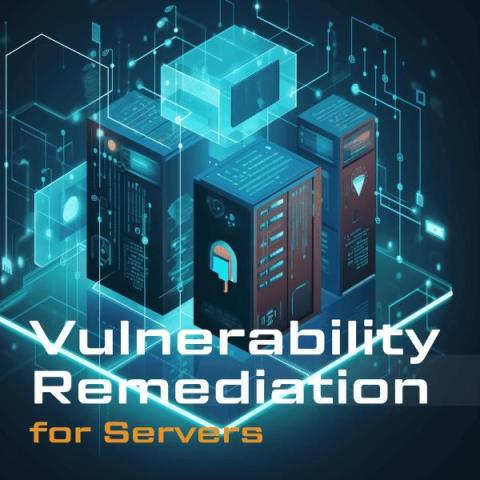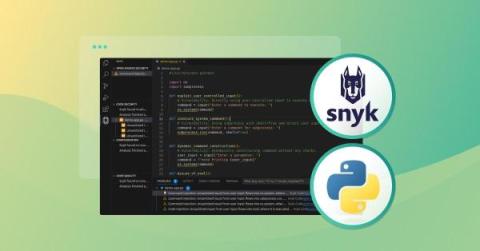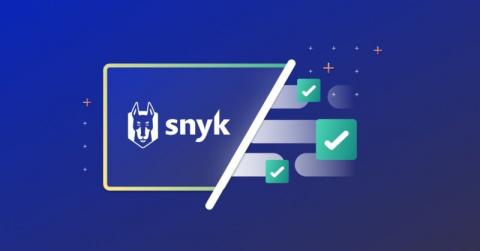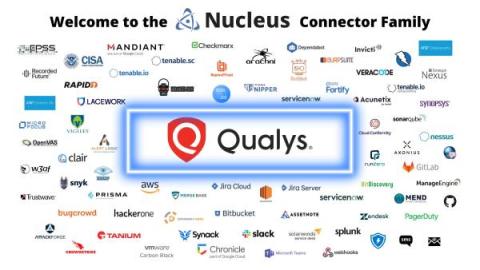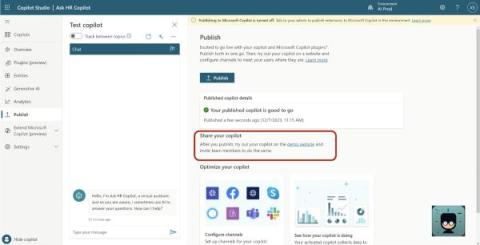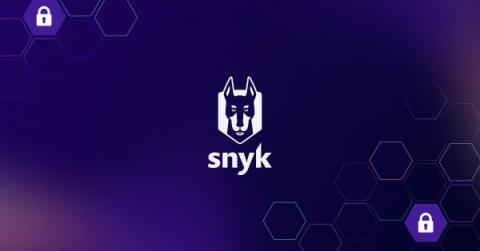Security | Threat Detection | Cyberattacks | DevSecOps | Compliance
Latest News
Command injection in Python: examples and prevention
Despite Python's reputation for simplicity and versatility, ensuring the security of Python programs can be challenging if you or other team members neglect security best practices during development. Additionally, you’ll likely use libraries or other open source projects while building a Python application. However, these resources can introduce additional security issues that leave your program vulnerable to exploits such as command injection.
Is your team on the *security* naughty or nice list?
As kids, many of us felt anticipation, excitement, and maybe even nervousness during the holiday season. Had we been good enough to get the Gameboy, Barbie Dream House, or Etch a Sketch we’d been pining for, or were we just going to get a big ol’ lump of coal?
Release Spotlight: Qualys PCS
Under the hood of CVE patching
Microsoft Copilot Studio Vulnerabilities: Explained
The best Cybersecurity conference you never heard of
For the past 12 years in Austin, TX, the last week of October has been reserved for the Lonestar Application Security Conference (LASCON). Unequivocally, LASCON is the best cybersecurity conference you have never heard of! LASCON is the annual confab of the Austin, TX OWASP (the Open Worldwide Application Security Project) chapter. OWASP is a volunteer organization that is a treasure trove of application security information with things such as standards, discussion groups, documentation, and more.
Vulnerability disclosure: Which comes first, the security bug in PHP or the CVE?
For security researchers, there is a series of hurdles in raising a potential vulnerability well before the issue itself is widely recognized. Convincing the project maintainers that there is an issue becomes the first hurdle, even with a working example. At times, there is a thin and fuzzy line to a vulnerable path being identified as a bug rather than a security vulnerability.
Common SAML vulnerabilities and how to remediate them
Security Assertion Markup Language (SAML) is an XML-based framework that plays a pivotal role in enabling secure identity and access management. It acts as a trusted intermediary between various entities in a digital ecosystem, such as identity providers, service providers, and users. The primary purpose of SAML is to facilitate single sign-on (SSO), a seamless and efficient authentication process where a user can access multiple applications and services using a single set of credentials.
MOVEit Claims 7 Million More; Patients of Delta Dental of California and Others
Delta Dental of California (DDC), Delta Dental Insurance Company, Delta Dental of Pennsylvania, and other subsidiaries may have exposed data; the compromised data is not a product of the organizations. Instead, the breach stems from a third-party servicer specializing in file management and transferring tools—MOVEit.


